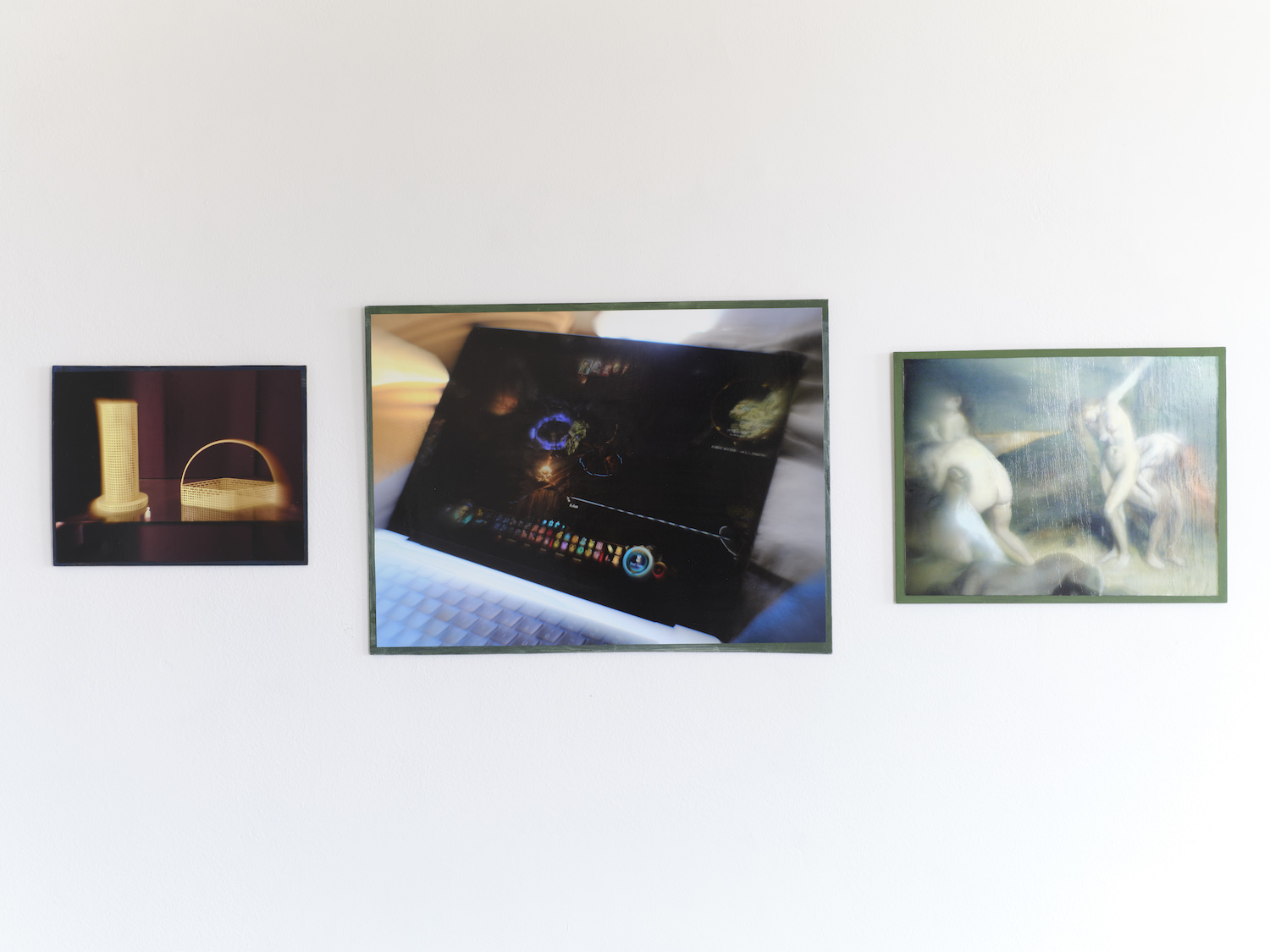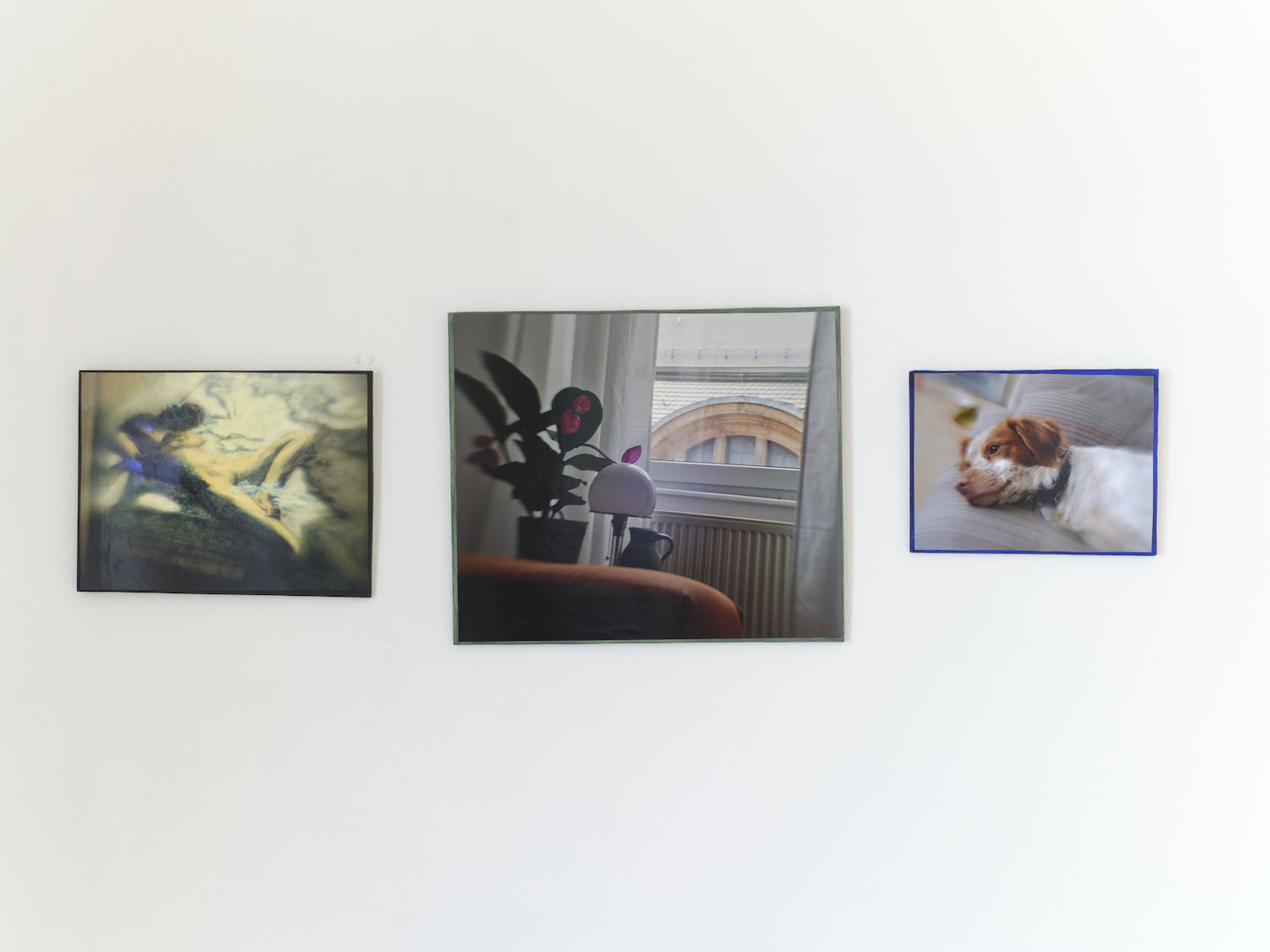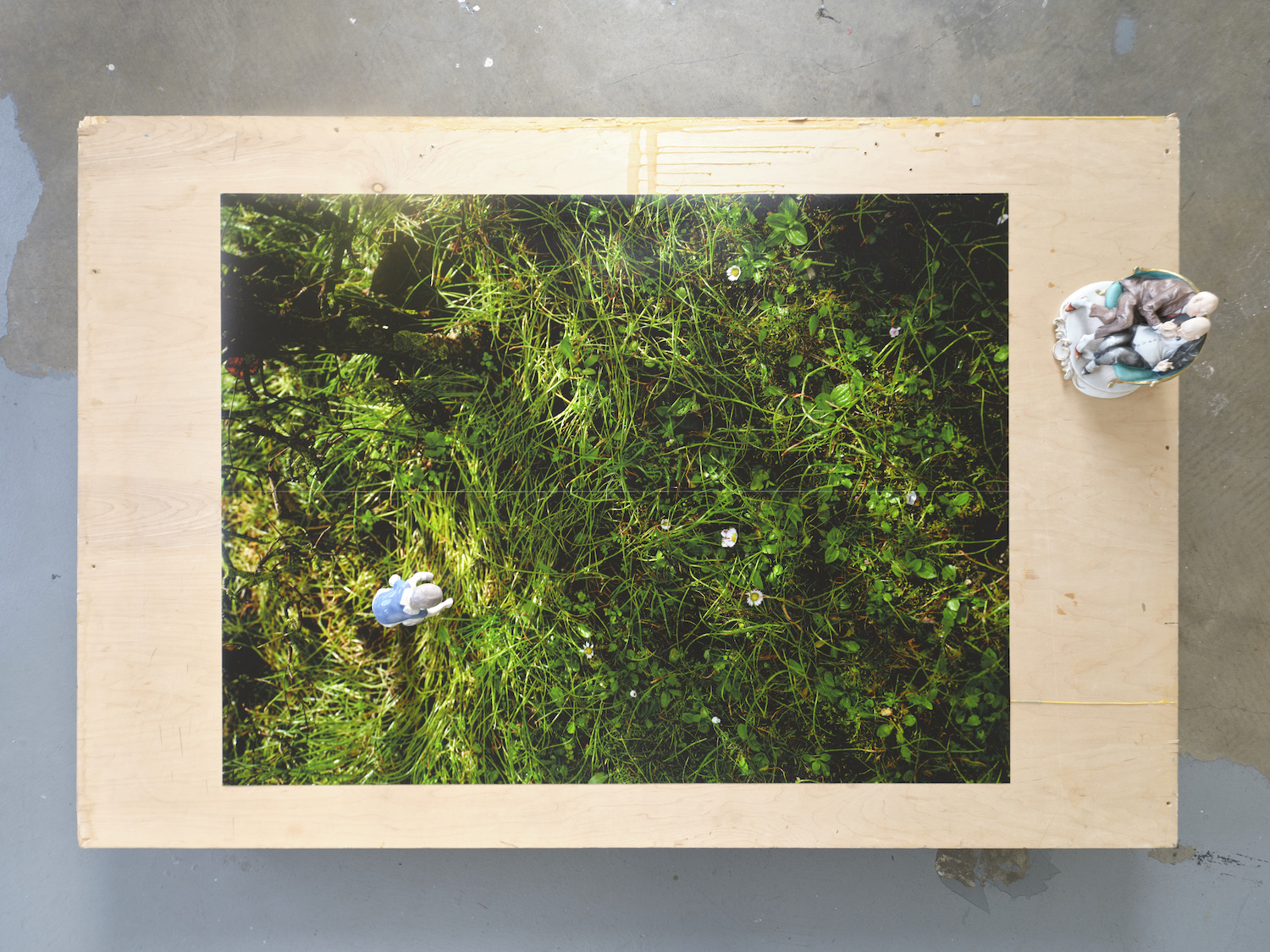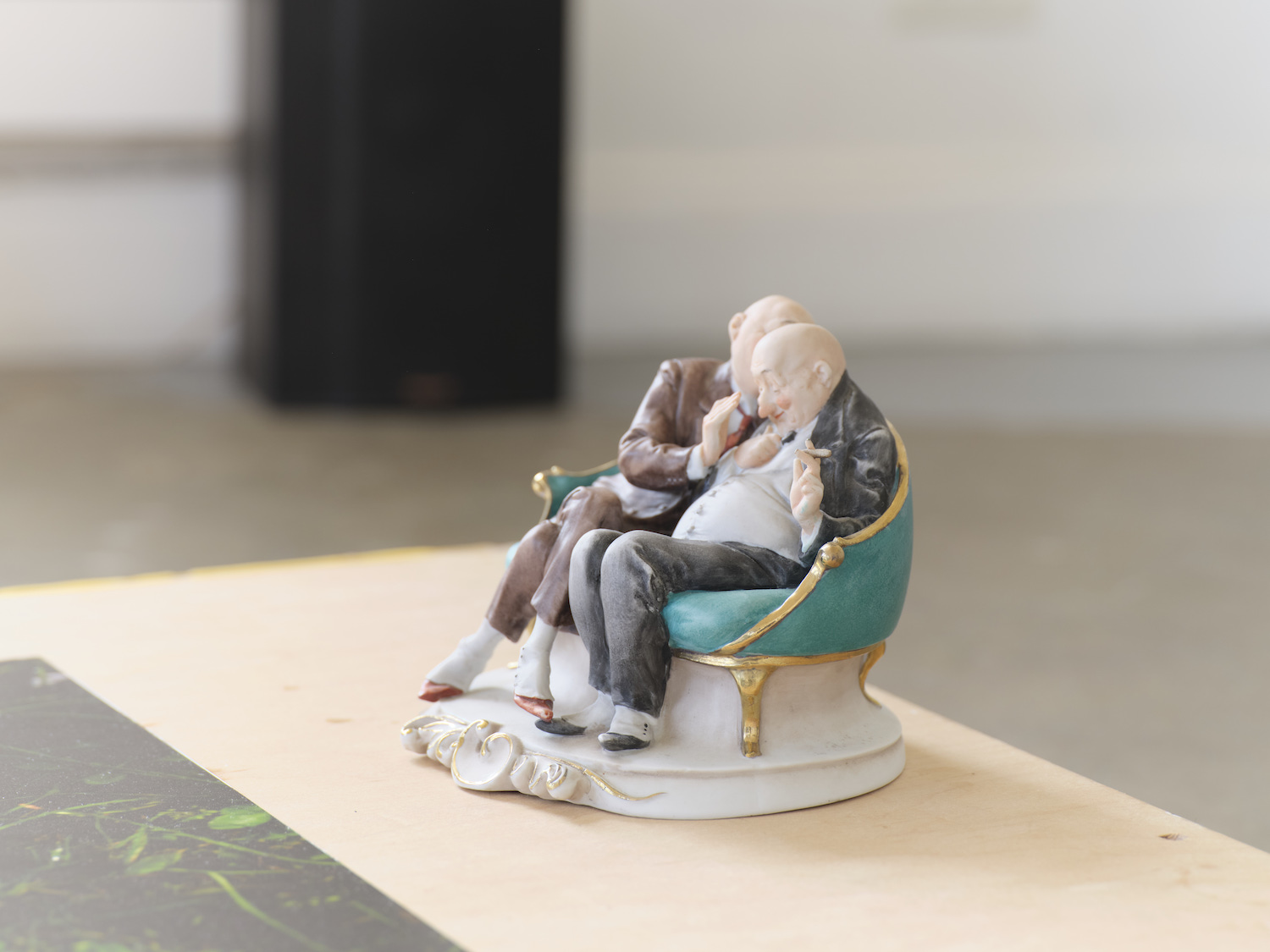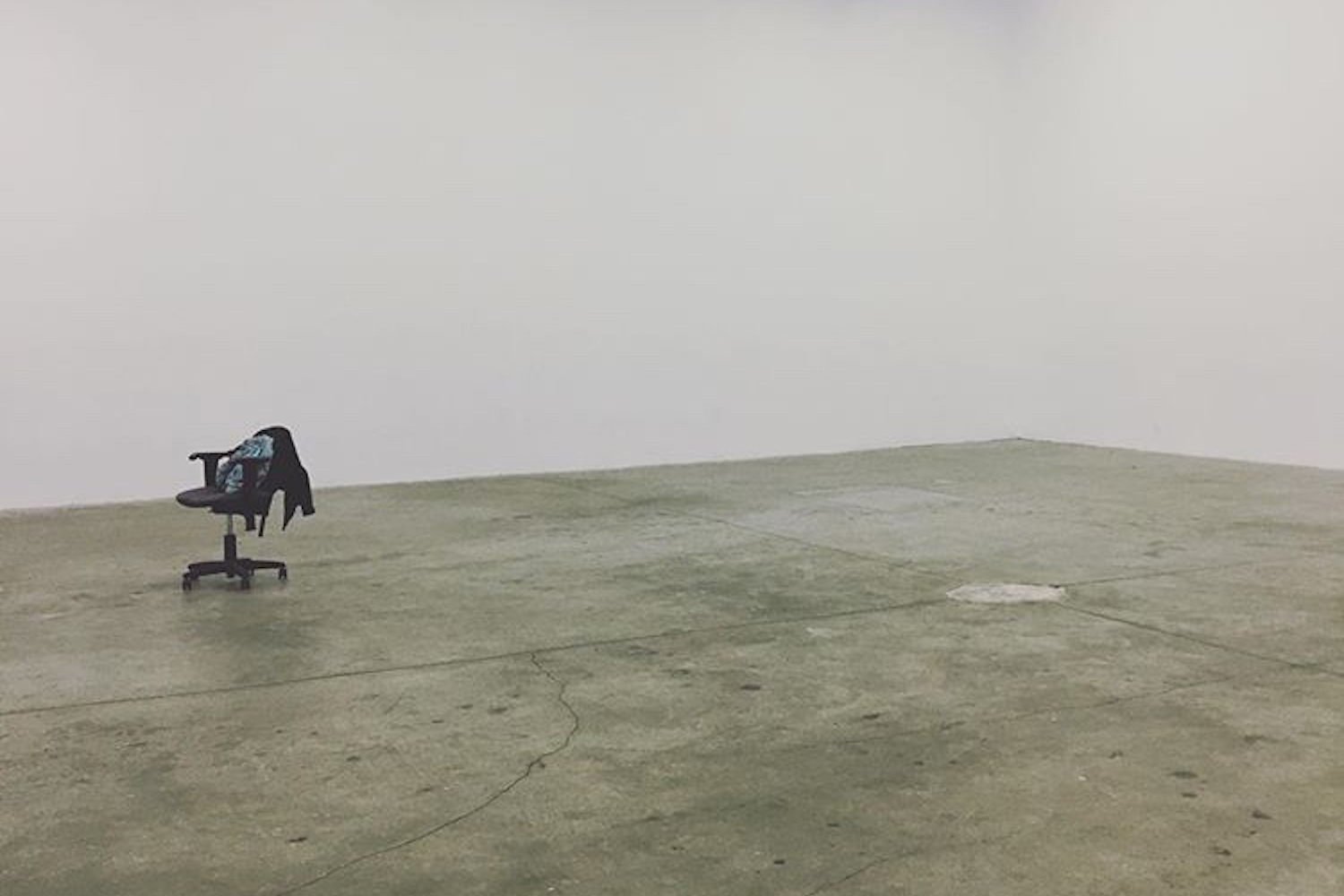The camera — a tool made for documenting the historic, the unbelievable, and the official — is now nearly one with ourselves, our memories. We might easily take hundreds of photos in a day, intending to delete most of them, answering a text with a photo, a question with a photo, accusing with a photo, confirming suspicion with a photo. Sharing an image is often shorthand for closeness, confidence.
Enacting the values and approaches of the late nineteenth-century Pictorialists, Paul Levack’s camera crystallizes routine perspectives into objects worthy of formal portraiture while at the same time investing literal memory files with history and meaning. In the work on view at the Gaylord Apartments in Los Angeles, Levack’s lens is set on details so personal and particular that we start to ask ourselves what images could sum up our own daily patterns. Groceries and nooks at home, other artworks, inside jokes: all are given an especially technical treatment that compels a closer, longer look, and a conceptual and aesthetic scrutiny of subject matter.
Mise-en-scènes at and around home poke outside of the camera’s vision, like the fingerprint-blurred electronic screen in Baulder’s Gate III (Early Access) (all works 2023), the sharp corners of structures in Untitled — a coffee table — and Schloßgarten Würzburg, with its straightforwardly distorted view of a neoclassical wing of the royal Würzburg Residence and its lush Rococo-style expanse of court gardens. The act of zooming in on what would already be classified as Fine Art, such as the marble bodies in Reclining Nude and the maidens in The Rape and Desolation of New Orleans, demonstrates the artist’s authority in assigning grandiosity and gravity to his photographs. Levack takes Pictorialist techniques — snapping pictures, in soft focus, of the romance in our routines — even further by stacking this approach with other generations of historical art production, mounting and displaying his images as paintings. The photographs are first prepped with gesso and covered in a luminous coat of varnish, then framed in wood washed in egg tempera paint, in shades associated with Medieval and early Renaissance religious works.
The works in the exhibition hang together in clusters around the apartment gallery, circling the larger Siegfried Idyl, which is installed on the floor with its own oversized frame and supports (four of the cans of varnish). It’s studded with “The Joke,” a collectible 1980s porcelain figurine by Capodimonte of a pair of men sharing a laugh and a settee. Perched on the edge of the platform, they watch over a little 1950s porcelain boy by Bing and Gröhndal, who is sitting on his own, like a paperweight, atop the picture-field of lush summer grass dotted with white clover. A few feet away, a stereo system sits on a wooden crate and plays Richard Wagner performed by soprano Anja Kampe. Wagner composed Triebschen Idyll with Fidi’s birdsong and the orange sunrise, as symphonic birthday greeting. Presented to his Cosima by her Richard (1869) as a present for his wife after the birth of their son Siegfried, waking her up with its performance on Christmas Day, her birthday. This newly formed family shares an affectionate scene here, taking pleasure in their own blissful, glossy, wild realm, unconcerned with the exhibition taking place around them, not unlike the intimate reception that Wagner had intended for his work before selling it to support his household.
Works like Still Life with Basket and Vase; Still Life with Cauliflower; Still Life with Tulip, Computer, and Salt Cellar; Still Life with Two Fighting Borzoi; and Still Life Looking out onto the Herschelbad, Mannheim capture details of the artist’s routine in a university town in southwestern Germany and at the Musée D’Orsay in Paris. They are the spontaneous shots one might delete from one’s phone when running out of space; at the same time, their unstudied glimpses feel like they are meant for sharing, and fill in the blank spots of missing days — days that bleed into each other unremarkably but add up to years and years.


